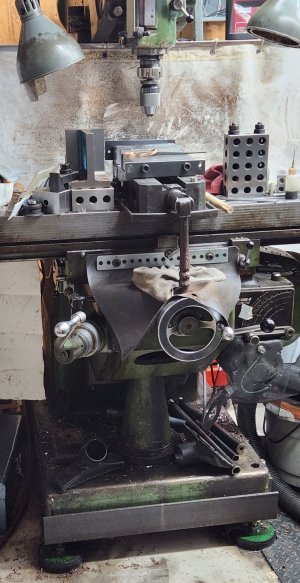Tomc938
Ultra Member
I'm looking for the collective wisdom of the group:
On a couple of episodes he talks about his grandfather's wisdom in putting wheels under the lathe and milling machine. I always thought the conventional wisdom was bolt it down tightly.
Generally, the IM guy is pretty spot on with about everything he does, so this has me wondering.
I'm getting my new-to-me Ex-Cell-O 602 and King 1236 delivered by HIAB this next week. Should I be looking at keeping them off the ground with the idea of putting a heavy wheeled (Machine skates) frame under them, or drop them on the cement? Easier to do it now when the crane is here. (the mill is currently on a pallet, and has lived there for the last few decades. The guy who is selling is a retired tool and die maker, and had no issues with it on a pallet.
Lifting the lathe is less of an issue that the 1 ton mill.
Thanks for your thoughts.
On a couple of episodes he talks about his grandfather's wisdom in putting wheels under the lathe and milling machine. I always thought the conventional wisdom was bolt it down tightly.
Generally, the IM guy is pretty spot on with about everything he does, so this has me wondering.
I'm getting my new-to-me Ex-Cell-O 602 and King 1236 delivered by HIAB this next week. Should I be looking at keeping them off the ground with the idea of putting a heavy wheeled (Machine skates) frame under them, or drop them on the cement? Easier to do it now when the crane is here. (the mill is currently on a pallet, and has lived there for the last few decades. The guy who is selling is a retired tool and die maker, and had no issues with it on a pallet.
Lifting the lathe is less of an issue that the 1 ton mill.
Thanks for your thoughts.

